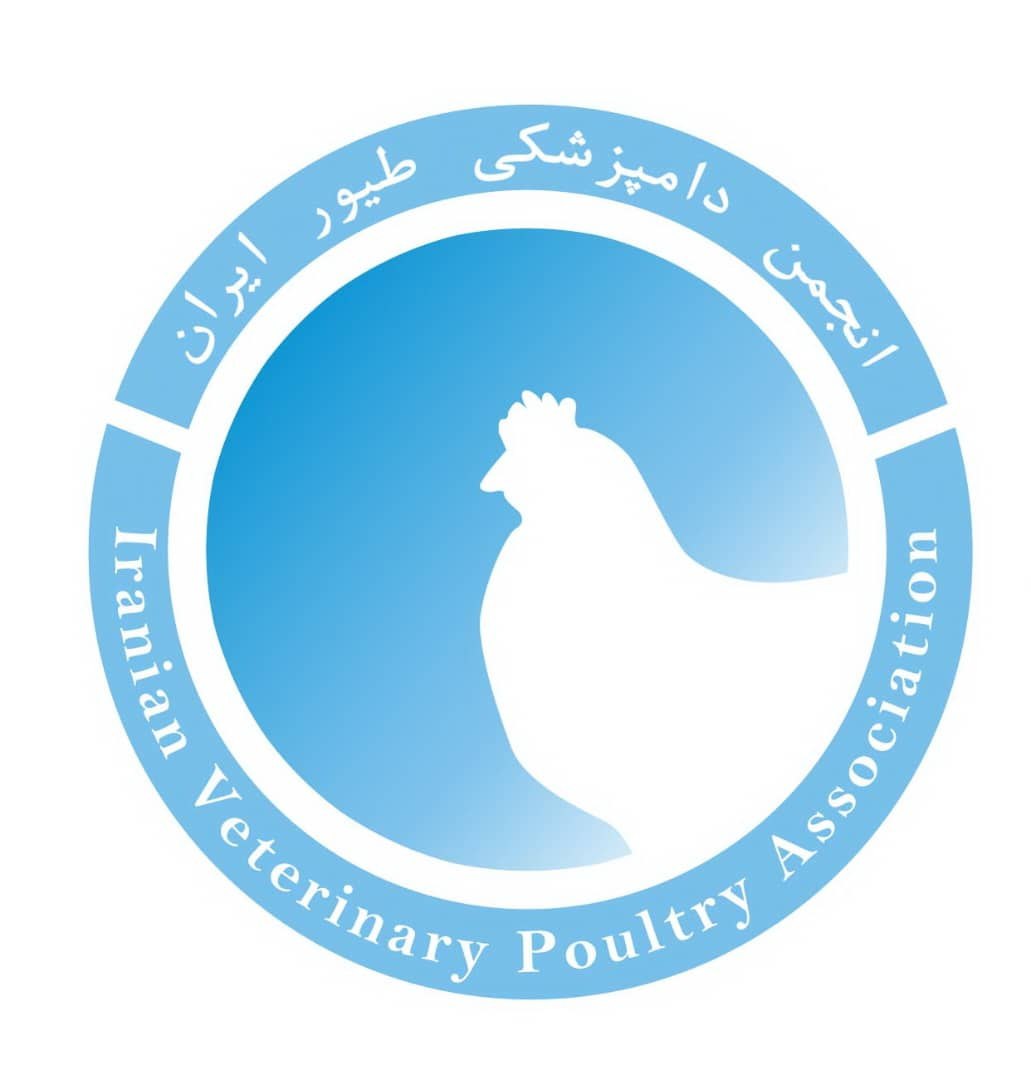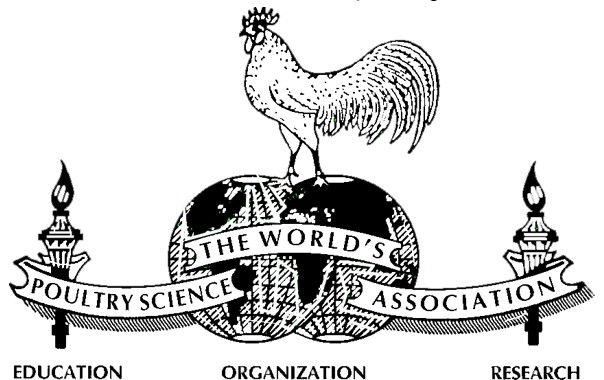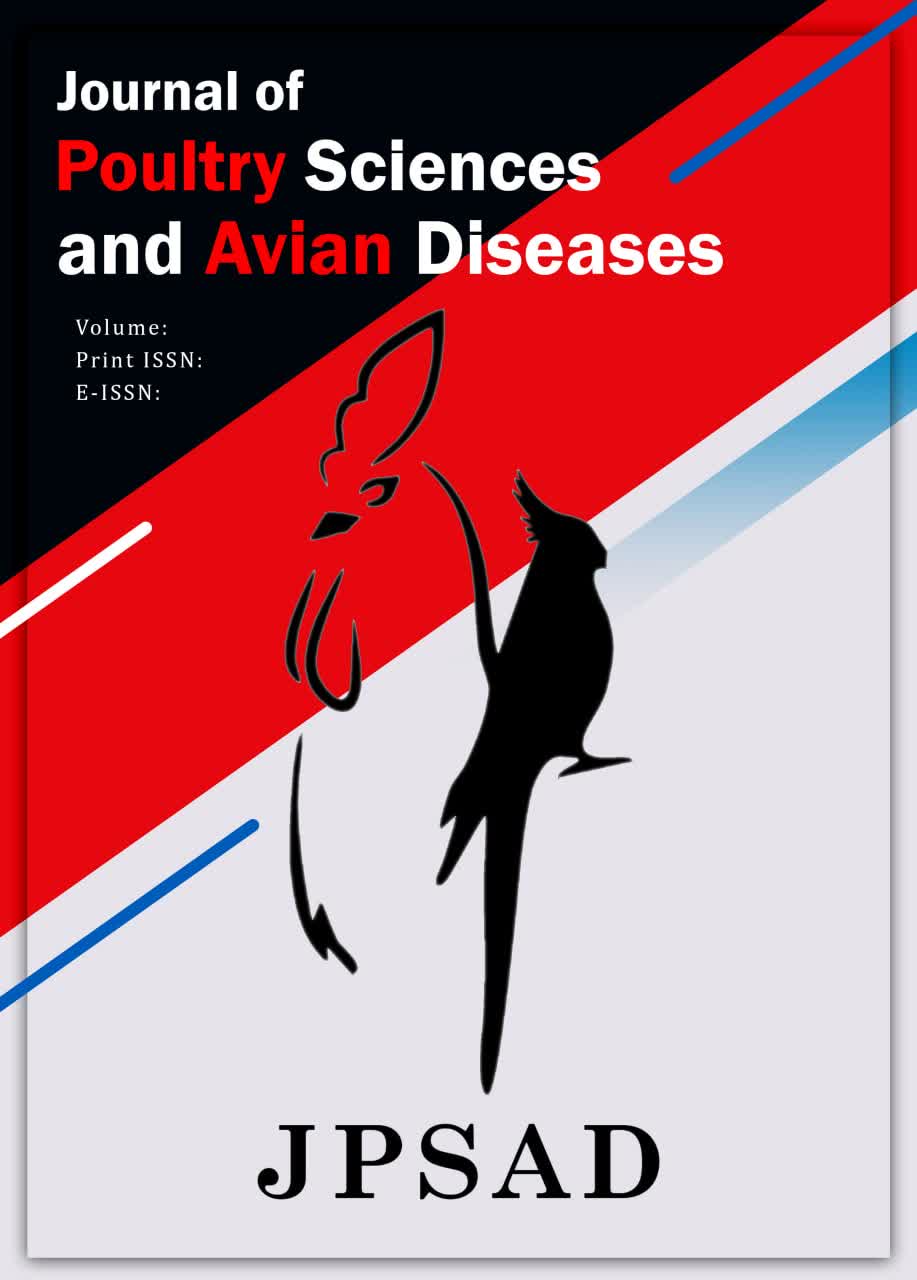Determination of normal radiographic indices of heart size in pigeon
Abstract
Respiratory and cardiovascular diseases are pigeons' most common health problems, which usually change cardiac size. This study aimed to establish a normal radiographic reference value for cardiac size in pigeons. After clinical and radiographic (lateral and ventrodorsal views) evaluations of 27 adult pigeons, the indices below were measured: the cardiac and thoracic widths, the space between the third and fourth ribs on the left and right sides, the synsacrum width, the coracoids width on both sides and the distance between both femoral heads and the clavicles. The ratio between cardiac width and the mentioned indices has been calculated. A linear regression test evaluated the correlation of anatomical indices with cardiac width. The results indicated a significant positive correlation between cardiac width and thoracic width, with the distance between the femoral head, synsacrum width, and the distance between clavicles. Regression models showed a significant association between thoracic and synsacrum width and cardiac width. However, sex and weight factors were not correlated with cardiac width and were removed from the models. However, in regression models with a significant correlation between the distance of both femoral heads and between clavicles with cardiac width, the sex factor was correlated with the dependent variable and was not omitted from regression models. Thus, the results and values obtained from this study can be used as a normal cardiac size of pigeons in radiology to diagnose cardiomegaly in this bird.
Downloads

Downloads
Published
Issue
Section
License
Copyright (c) 2024 Mehri Khaksar Bajestani, Ali Mirshahi, Mohammad Azizzadeh (Author)

This work is licensed under a Creative Commons Attribution-NonCommercial 4.0 International License.


















